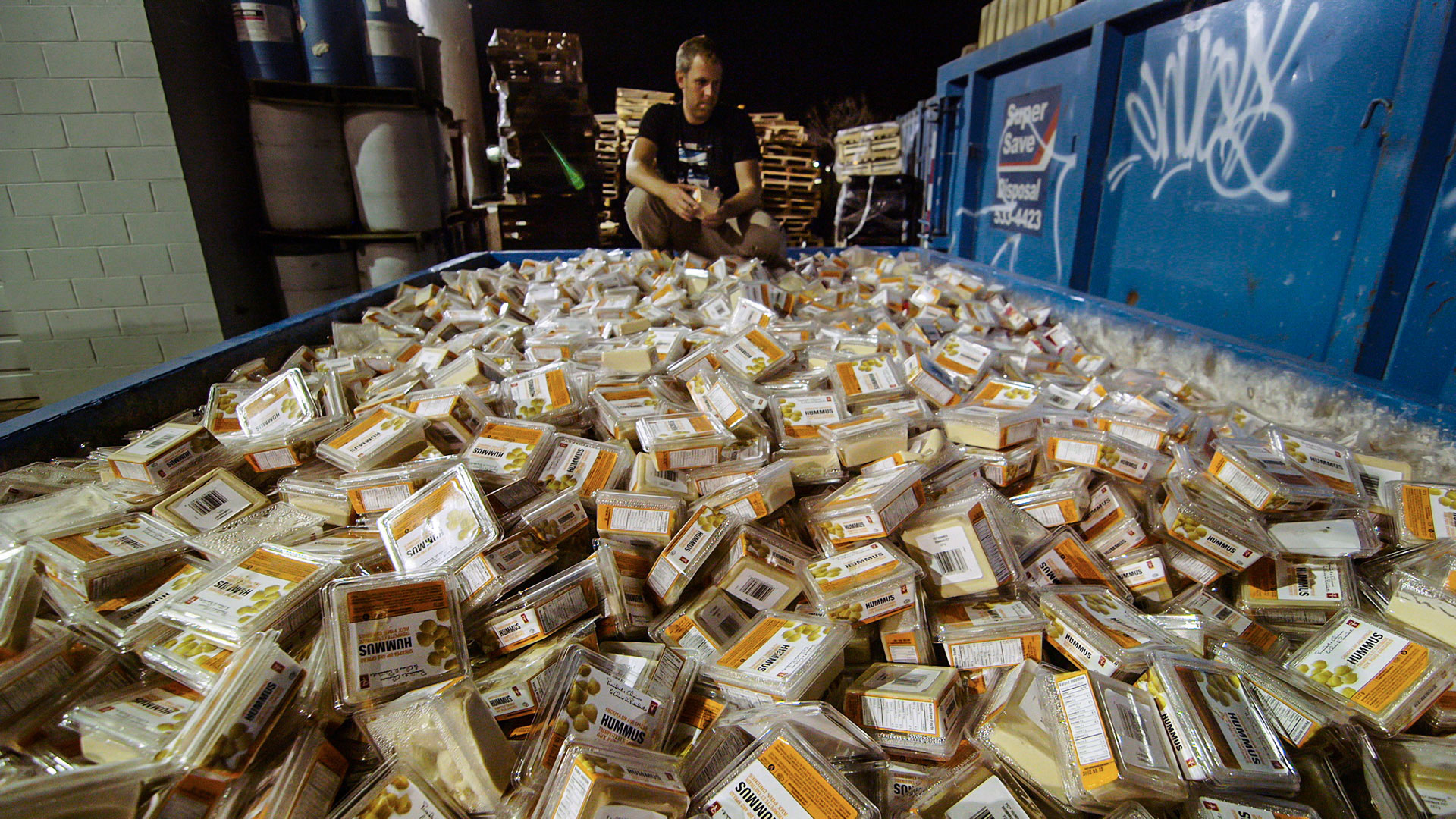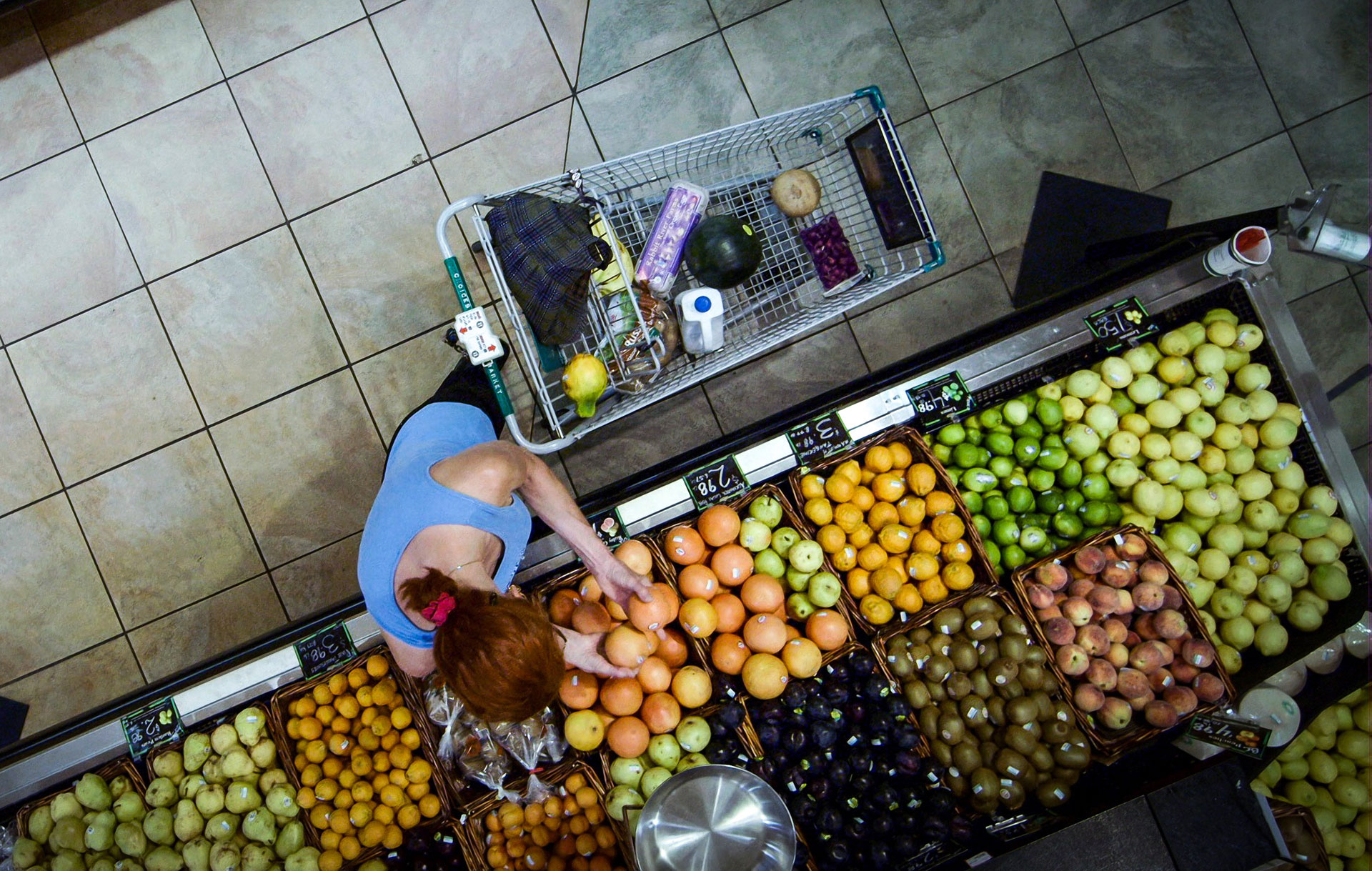A couple weeks ago I made the Chili Shrimp recipe from Mark Bittman’s How to Cook Everything. I am not a very practiced cook, which was why my partner bought me this book, and also why he creates bookmarks with the word “yum” and tiny, hand-drawn illustrations of the food to mark those recipes that I manage to successfully pull off. In any case, I whipped this one up, and as usual, made too much. We scraped the leftovers into a plastic container and put them into the fridge “for later.”
Those two-week-old shrimp swam vividly into my mind as I watched Just Eat It, a new documentary about food waste that screens Tuesday, June 2, 7pm at the David Brower Center in Berkeley. You know where that container of leftover shrimp resides, in the back of my refrigerator with the “science experiments.” And there it will remain with all that other forgotten food until the urge to purge takes hold (a rare occurrence) or until something starts to smell. (I am a guy.)
In eye-popping (and often gorgeous) detail, Just Eat It illustrates how much food we waste in North America. For the record, forty percent of all the food raised or grown in our part of the world is left uneaten. Globally the figure is a whopping one third.

The filmmakers have come up with novel ways to demonstrate just what this waste means, starting with their own habits in the kitchen. After learning about the billions of dollars of food that is discarded each year in North America, documentarians Grant Baldwin and Jenny Rustemeyer decide to live for six months on food that either has been or would otherwise be thrown away. This exercise in bartering, scrounging and dumpster diving yields an unexpected bounty, which the couple begins to share with friends and family.

Along the way, they explore the various points where perfectly good food gets tossed out for various reasons. A Fresno peach and nectarine farmer describes how less-than-cosmetically-perfect fruit ends up wasted before it even leaves the processing plant. A Salinas celery farmer demonstrates just how much of the plant gets left out in the field.

